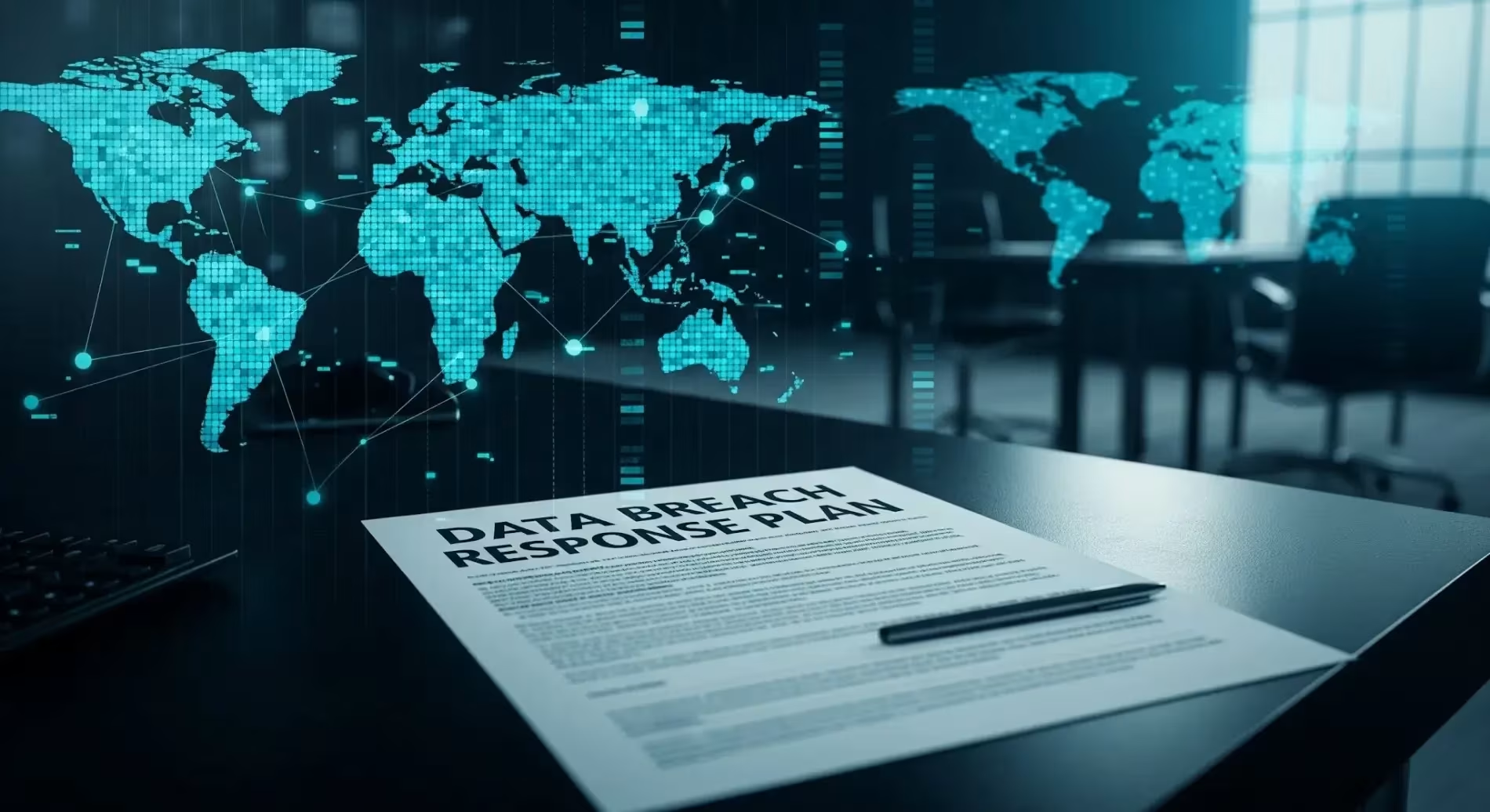To the Experts Corner
Exercises: The Secret Weapon of Resilient Organization
It’s close to impossible to resolve a crisis and get your business back on track without a plan. You can’t wing a response or make things up as you go along. Even if your company does have an emergency plan, many plans sit unused. And untested teams hesitate when it matters most.
Regulars spot drill and large scale exercises can help you turn plans and ideas into instincts. I’ve seen organizations ramp up drills by over 60% with digital solutions like RAYVN, not because they’re forced to, but because it’s simpler. Practice builds resilience—one run-through at a time.
What should you test? Focus on the basics:
- Alerts: How fast can you reach your people?
- Roles: Does everyone know their job under pressure?
- Updates: Can information flow without breaking down or, worse, creating confusion?
Start with something familiar—a power cut or IT glitch—and play it out. Recently I learned that one team I know found their initial alerts missed key players; a quick fix slashed their lag time. Another exercise revealed that the executives teams needed clearer and more precise summaries to support decision-making and the right actions. In a resilient organizations that conducts regular exercises, these are not considered failures. These are wins and key learnings that you catch early - before a crisis occurs.
Technology can help. A system that logs every step—like a digital exercise mode—shows you what works and what doesn’t work. The true value of a system log comes to light when you debrief after an exercise. You get answers to questions like:
- What slowed you down?
- What clicked?
- Did everyone know their role?
One small tweak or improvement that is identified as part of an exercise can saves time and lives!
The real prize is confidence. A team that’s rehearsed doesn’t panic—they perform. Exercises don’t demand perfection—just progress. Make them routine, and you’ll turn uncertainty into control.
Quick Tip:
Try RAYVN for free
Wondering if RAYVN is the right solution?
Get a fully functional RAYVN account to test drive its key features, verify it meets your needs, and see how easy it is to digitalize your emergency response plan.








